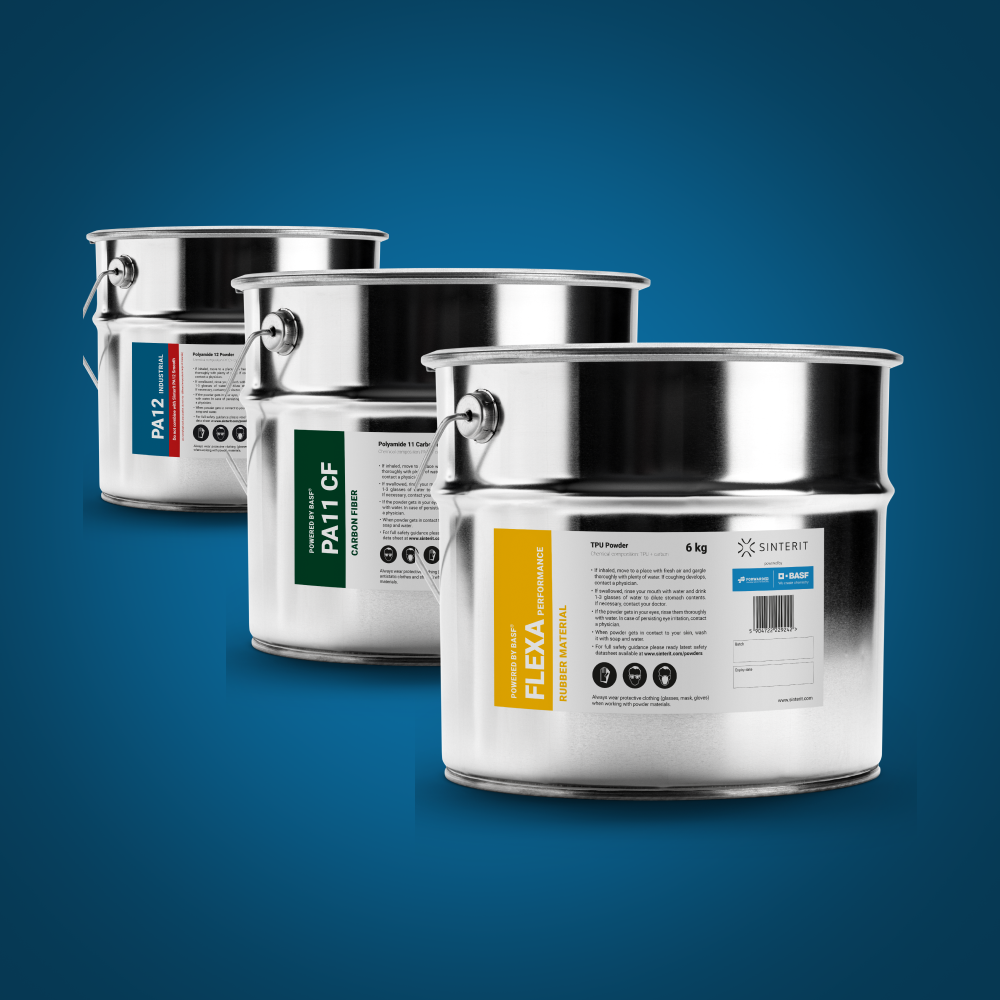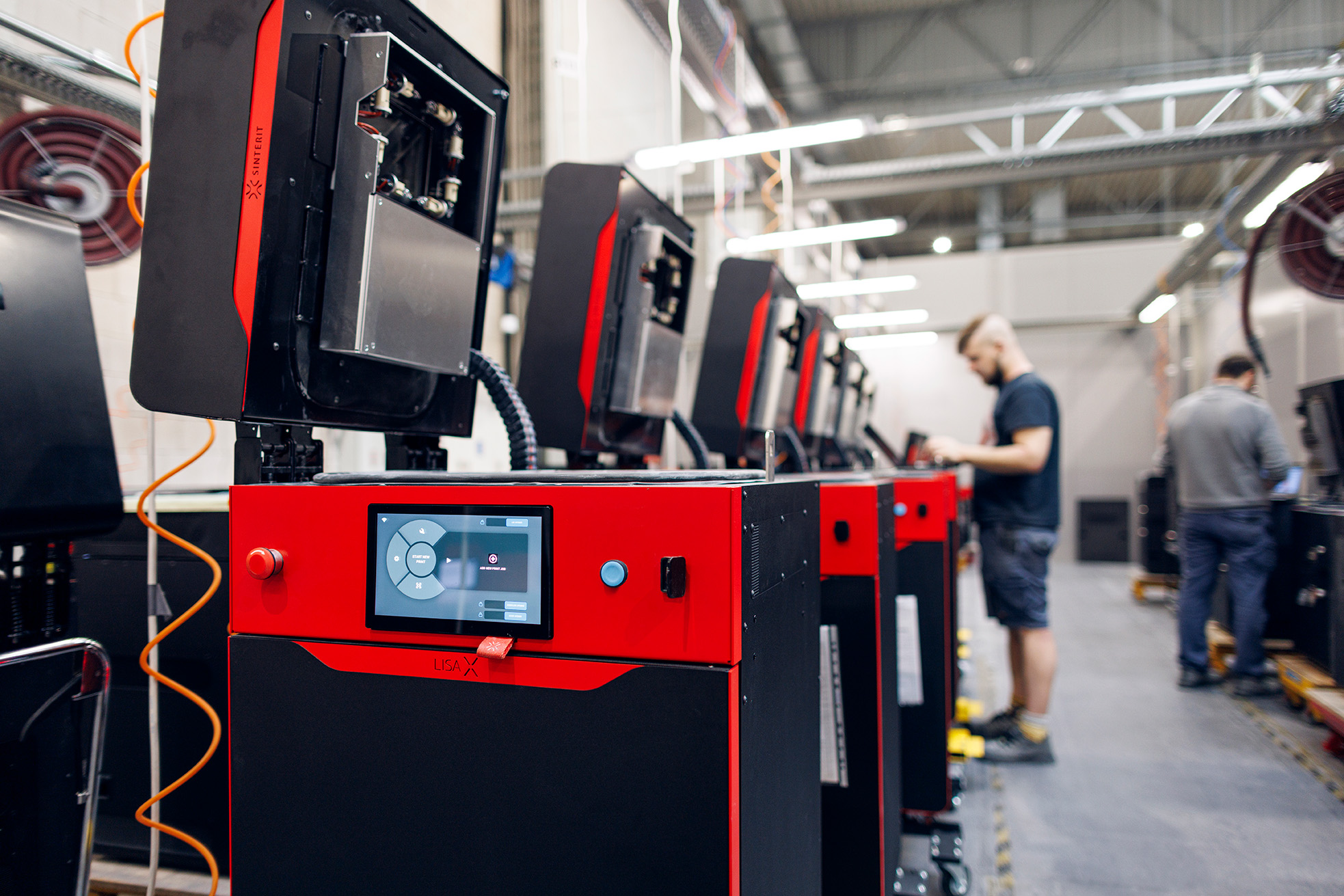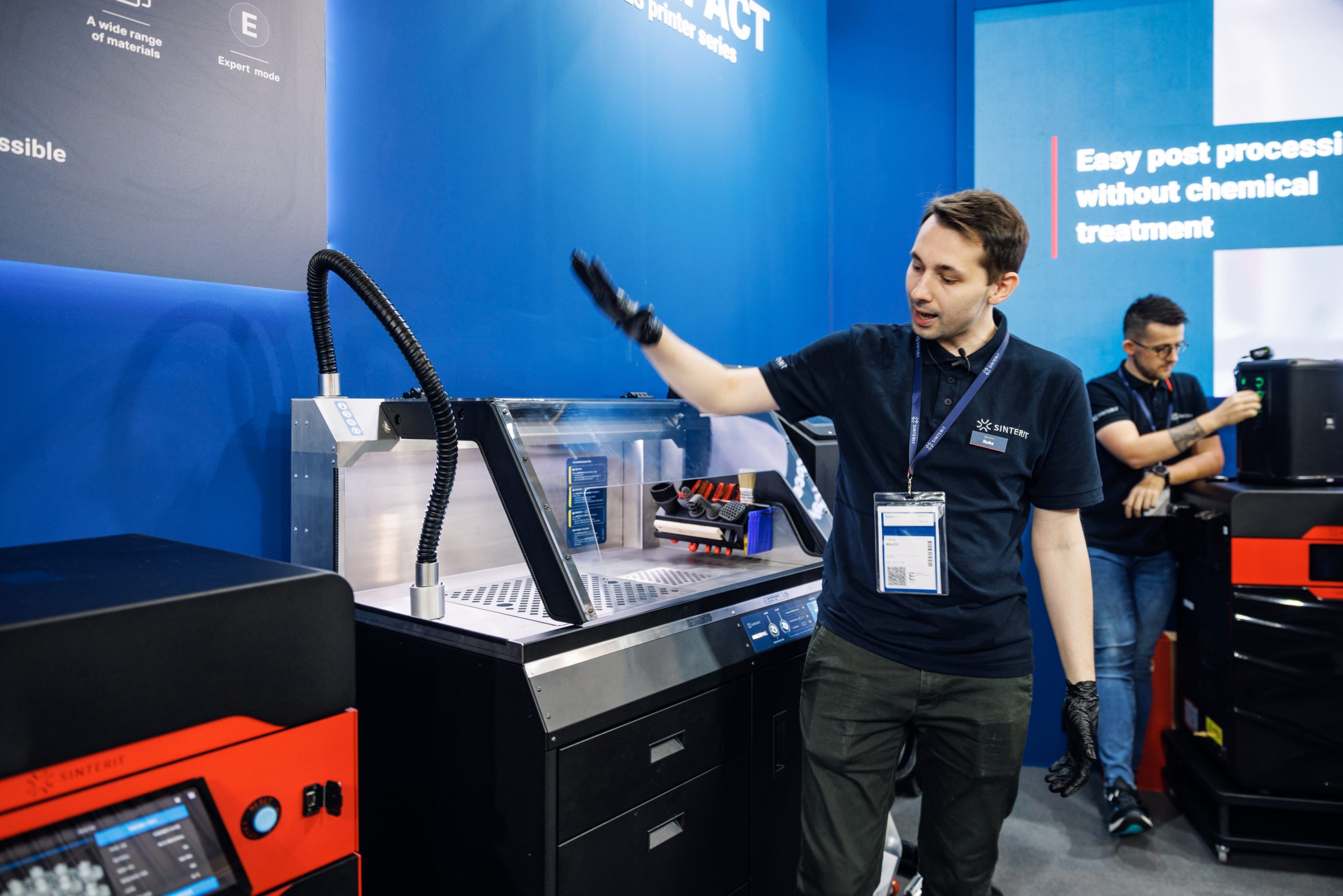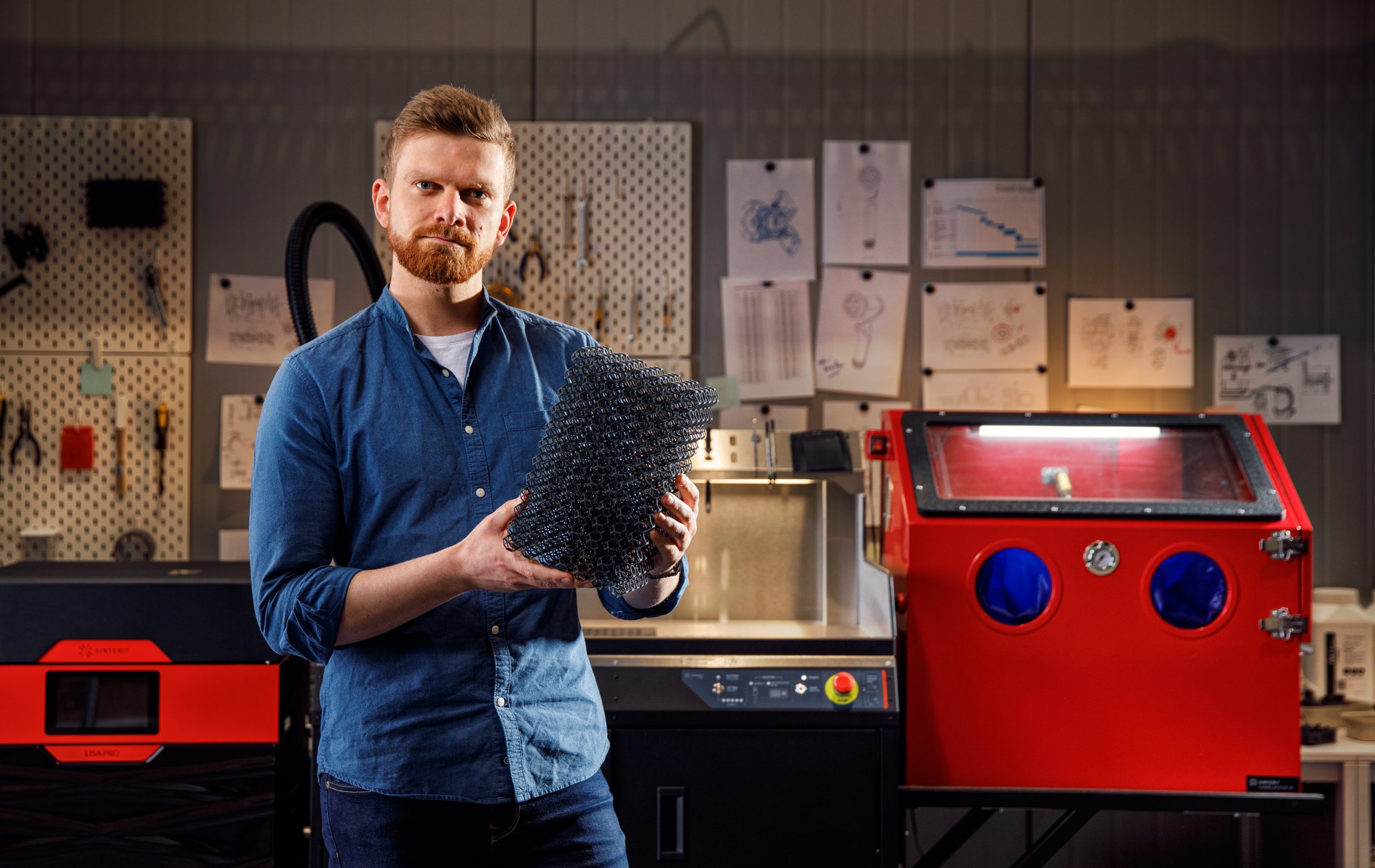Multi-material with SLS 3D printer?
Is an SLS 3D printer a multi-material device? What does it mean to use your device for multi-material purposes? Is it easy or hard to do and what are the potential risk of material change between SLS print jobs? Read this article to find out.
Multi-material additive manufacturing
Multi-material additive manufacturing (MMAM) is gaining attention in some academic sectors. Observing nature, we can distinguish a handful of interesting material mixes, like marble. It is a rock composed of calcium and magnesium carbonate, and because Additive Manufacturing is often mimicking nature, it is a new and interesting field for researchers, and potentially final 3D printers users.
According to the recent article published in Material and Design (February 2023) “Multi-material additive manufacturing: A systematic review of design, properties, applications, challenges, and 3D Printing of materials and cellular metamaterials” we can find out, that “additive manufacturing (AM) of intricate geometries using multi-materials provides additional functionality, environmental adaptation, and improved mechanical properties”.

Is SLS technology multi-material?
But when you learn that a printer is a multi-material device it doesn’t necessarily mean that you can print multiple materials at once, in one go. It is a term used most often to describe a 3D printer that is capable of printing from different materials, but in different 3D print jobs. It is especially true with SLS technology.
The SLS technology is all about temperature. This sentence seems to be a simplification, but let’s face it – quality, repeatable and durable parts are made in printers that have perfect temperature control in the entire workspace. Selective laser sintering is about heating the powder to the near-melting temperature, and then by adding a little more power with a laser, the build is made.

Printing with PA12 and TPU on the same SLS 3D printer
Different materials have different melting points. Let’s just compare two most common SLS materials available in plastic powder bed fusion – PA12 and TPU. The powder most often used by Sinterit clients is called PA12 Smooth. This nylon powder is known for excellent surface resolution and is used mainly for detailed objects and prototypes. It’s melting point is 185o Celsius. On the other hand, Flexa Grey, a rubber-like Thermoplastic Polyurethane (TPU), thanks to its flexible properties is used for shock and vibration absorbers, protectors, but also standard rubber items and, of course, prototypes. The melting point of Flexa Grey is 160o Celsius.
In SLS technology the 25o Celsius temperature difference is a yawning chasm. You can’t print them at once. But can you print one after another? Before changing the powder type you should clean the printer – as accurately as possible. Let’s consider two scenarios. In the first one, you have just finished your PA12 Smooth print and are planning to run another one, this time with Flexa Grey (TPU). Before doing so, use your ATEX SLS Vacuum Cleaner to get rid of the remaining PA12 powder. What happens if you leave traces of PA12 in your 3D printer? If it gets into the printing bed, it can affect your printout quality. PA12 will not sinter at a lower temperature. In the end you will probably get less quality parts, but without doing harm to your printer.

But let’s take a look at the second scenario. In this one you are planning to do your PA12 job after finishing printing with TPU. Can you do it without proper vacuuming? It is more tricky, and risky. The higher temperature used to sinter PA12 powder can melt the remaining TPU powder, and make it glue your SLS 3D printer. It doesn’t sound good, right? Some clients who learn about this issue even ask if it is better to have separate printers for different materials. It is a tempting idea for manufacturers to sell more printers to a single client, but it is not our case.
Why is printing bed accessibility important?
When we created our first SLS 3D printer – Lisa, which set the direction for the development of the compact SLS 3D printing industry, our goal was to make it an available multi-material device. This is why every part of it is easily accessible. Our goal was to give the users the ability to prepare the 3D printer for material change as fast as possible. This is one of the reasons why we decided to replicate this technological solution in our other compact series printers, like Lisa PRO or Lisa X.

There was of course a temptation to use some kind of cartridge to make the powder filling process a little bit cleaner, but thanks to thousands of successful applications of Sinterit SLS 3D printing solution around the world, we’ve gathered feedback that taking a few extra minutes to vacuum the printer is a much better option than imposing a technological constraint that reduces the printer’s versatility.














